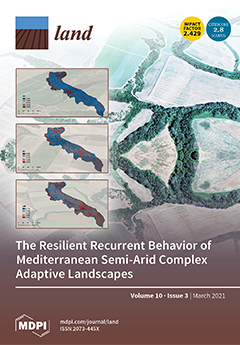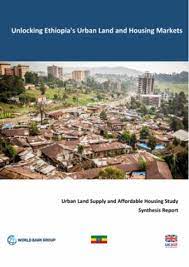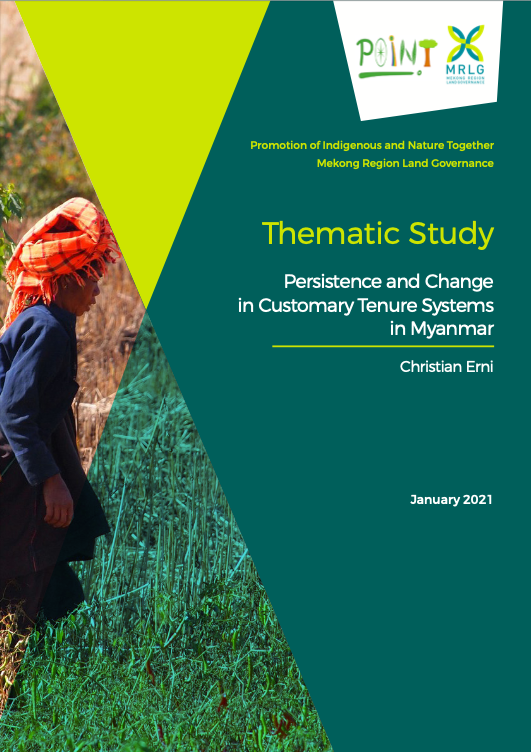Food insecurity in fragile lands: Philippine cases through the livelihood lens
The purpose of this thesis is to examine the nature and scope of the linkages between the resource environments, livelihoods and food security of households and individuals. These are analyzed using the livelihood systems framework with the biophysical environment as the entry point. The biophysical and socio-economic environments are investigated as the conditioning and influencing factors that help define the relationships along the production-consumption continuum. The context is spatial, in this case that of fragile areas, where most of the poor and food insecure live and work.




